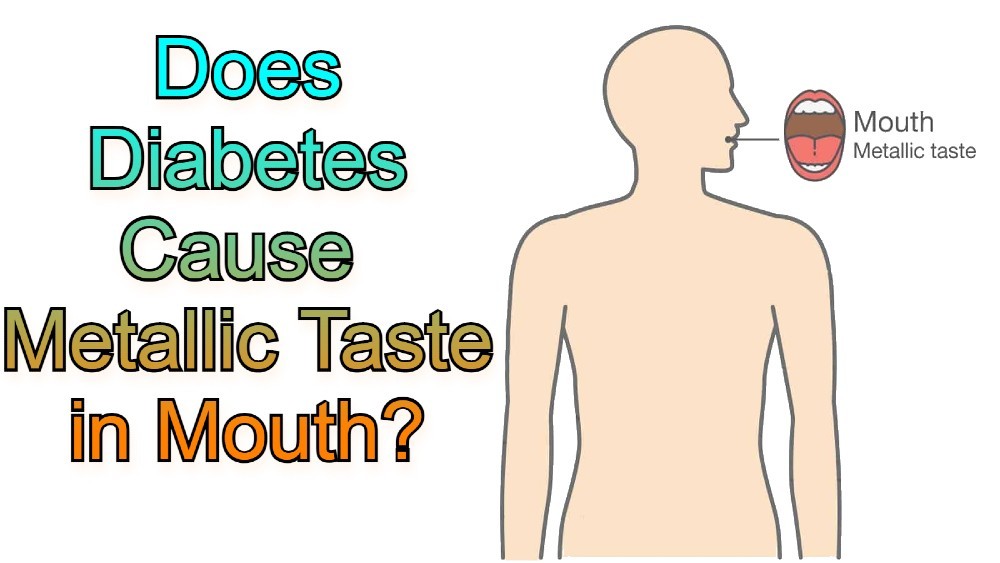Last updated on April 8th, 2022
Imagine waking up feeling more energetic than ever, having shed those stubborn pounds, and experiencing mental clarity like never before. These are some of the touted benefits of ketosis. But what if your body goes too far, resulting in a potentially life-threatening condition? This is where diabetic ketoacidosis (DKA) comes into play. While ketosis and DKA both involve ketones, they are vastly different states with different implications for health. Understanding the differences between these two conditions is crucial for anyone looking to optimise their health, particularly those managing diabetes.

Understanding Ketosis
Ketosis is a metabolic state where the body, deprived of its usual fuel source—carbohydrates—begins to break down fat for energy. This process results in the production of ketones, which serve as an alternative energy source.
How It Occurs:
Normally, the body relies on glucose, derived from carbohydrates, for energy. When carbohydrate intake is significantly reduced, the liver begins converting fatty acids into ketones, which are then used as an energy source by the brain and other organs. This shift typically occurs during fasting, prolonged exercise, or adherence to a ketogenic diet.
Benefits:
Ketosis has been associated with various health benefits. For instance, it can lead to weight loss, as the body burns stored fat for energy. It may also improve mental clarity and focus, as the brain efficiently utilizes ketones for fuel. Additionally, ketosis has shown potential in managing conditions like epilepsy, type 2 diabetes, and metabolic syndrome by stabilizing blood sugar levels and improving insulin sensitivity.
Common Misconceptions:
A common misconception is that ketosis and ketoacidosis are the same. While both involve ketones, ketosis is a safe and controlled metabolic state, whereas ketoacidosis is a dangerous and uncontrolled condition. Another misconception is that ketosis can only be achieved through a strict ketogenic diet. In reality, ketosis can also occur during intermittent fasting or prolonged exercise.

Understanding Diabetic Ketoacidosis (DKA)

Definition:
Diabetic ketoacidosis (DKA) is a serious and potentially life-threatening complication of diabetes. It occurs when the body produces excessive ketones, leading to high blood acidity.
How It Occurs:
DKA typically happens in individuals with diabetes, particularly type 1 diabetes. When insulin levels are insufficient, glucose cannot enter cells to be used for energy. As a result, the body begins to break down fat for fuel, producing ketones. Without adequate insulin, ketone levels can rise dramatically, causing the blood to become acidic. This state is exacerbated by high blood sugar levels due to the lack of insulin.
Symptoms and Risks:
Symptoms of DKA include frequent urination, extreme thirst, high blood sugar levels, nausea, vomiting, abdominal pain, confusion, and fruity-scented breath. If left untreated, DKA can lead to severe dehydration, coma, and even death. It requires immediate medical attention to correct the insulin deficiency, lower blood glucose levels, and address the acid-base imbalance.
Common Misconceptions:
One common misconception is that DKA only occurs in people with type 1 diabetes. While it is more prevalent in type 1 diabetes, individuals with type 2 diabetes can also develop DKA, especially during periods of severe illness or stress. Another misconception is that DKA can develop slowly. In reality, DKA can progress rapidly and become a medical emergency within hours.
Read More: Can Type 1 Diabetes be Reversed With Diet and Exercise?
Key Differences Between Ketosis and Diabetic Ketoacidosis
Cause:
Ketosis is primarily induced by a low carbohydrate intake or fasting, causing the body to switch to fat as its primary energy source. DKA, on the other hand, is caused by a severe insulin deficiency, often in individuals with diabetes, leading to the uncontrolled production of ketones and high blood sugar levels.
Blood Ketone Levels:
In ketosis, ketone levels are elevated but remain within a safe range (usually between 0.5 to 3.0 mmol/L). In DKA, ketone levels are much higher (often above 3.0 mmol/L), causing the blood to become dangerously acidic.
Blood Sugar Levels:
Ketosis typically occurs with normal or slightly reduced blood sugar levels, as the body efficiently uses ketones for energy. In contrast, DKA is characterised by extremely high blood sugar levels (often above 250 mg/dL), due to the lack of insulin preventing glucose from entering the cells.
Symptoms:
The symptoms of ketosis include mild fatigue, increased energy levels, and reduced appetite. Conversely, DKA presents with severe symptoms such as extreme thirst, frequent urination, abdominal pain, nausea, vomiting, confusion, and a fruity smell on the breath.
Health Impact:
Ketosis, when managed correctly, can have positive health impacts, including weight loss and improved metabolic health. DKA, however, is a medical emergency requiring immediate intervention to prevent serious complications or death.
How to Safely Achieve and Maintain Ketosis
Dietary Guidelines:
To achieve ketosis safely, adopt a ketogenic diet rich in healthy fats, moderate in protein, and very low in carbohydrates. Focus on foods like avocados, nuts, seeds, olive oil, fatty fish, and leafy greens. Avoid high-carb foods such as bread, pasta, sugary snacks, and most fruits.
Monitoring Ketone Levels:
Regularly monitor your ketone levels using urine strips, blood ketone meters, or breath analysers. Aim to keep ketone levels within a safe range (0.5 to 3.0 mmol/L). Monitoring can help ensure you are in a state of ketosis without reaching dangerous levels.
Potential Side Effects:
While ketosis is generally safe, some people may experience side effects such as the “keto flu,” which includes symptoms like headache, fatigue, dizziness, and irritability. These symptoms are usually temporary and can be managed by staying hydrated, replenishing electrolytes, and gradually adjusting to the diet.
Preventing and Managing Diabetic Ketoacidosis
Monitoring Blood Sugar:
Regularly monitor blood sugar levels, especially if you have diabetes. Use a glucometer to check your levels multiple times a day, and follow your healthcare provider’s recommendations for maintaining target ranges.
Recognising Early Signs:
Be aware of the early signs of DKA, such as excessive thirst, frequent urination, high blood sugar levels, and the presence of ketones in urine. Early detection can prevent the condition from worsening.
Emergency Response:
If you suspect DKA, seek immediate medical attention. Treatment typically involves administering insulin, fluids, and electrolytes to stabilise blood sugar and ketone levels. Do not attempt to manage DKA on your own; it requires professional medical intervention.
Read More: Lose Your Weight to Reverse Diabetes
Conclusion
In summary, while ketosis and diabetic ketoacidosis both involve ketones, they are vastly different states with distinct causes, symptoms, and health implications. Ketosis, when managed properly, can offer numerous health benefits, including weight loss and improved metabolic health. In contrast, diabetic ketoacidosis is a dangerous condition that requires immediate medical attention. Understanding the differences between these two states is crucial for anyone looking to optimise their health, particularly those managing diabetes. By making informed choices and closely monitoring your health, you can reap the benefits of ketosis while avoiding the dangers of diabetic ketoacidosis.
FAQ’s(Frequently Asked Questions)
When you consume a small to medium amount of carbohydrates, your body gets out of the ketosis state. It happens right after you eat your meal, and it can last up to few hours. It is normal and, your body can get back into the ketosis state as soon as it gets some glucose. If you want to keep your body in the ketosis state for longer, make sure to limit the intake of carbohydrates.
People with diabetes can avoid developing ketoacidosis by maintaining their lifestyle. Following a ketogenic diet plan along with some exercises is one of the ways to avoid developing diabetic ketoacidosis. Sugar patients should also discuss their health history with their doctor before starting anti-diabetes drugs. It helps to avoid the development of diabetic ketoacidosis as the side effect of anti-diabetes drugs.
Keto-adaptation is the transition of your body from burning glucose for energy to being able to use ketones that are produced on the burning of body fat. One may take a few days to feel the effect of keto-adaptation. When you start with ketosis and become fat-adapted, you will crave fewer carbohydrates. Hence, it will help you to lose weight quickly.
You can turn your body into a ketosis state with a ketogenic diet. It is a diet that contains very low carbohydrates, moderate protein, and high fat. The ketogenic diet contains around 20 to 50 grams of carbohydrates in a day. You should restrict the carbohydrates to continue to keep your body in a ketosis state. It surely helps in losing weight to stay healthy.
Yes, the ketogenic diet can lead to ketoacidosis. The ketogenic diet contains high fat and low carbohydrate. The ketogenic diet with or without fasting has the potential to cause weight loss. However, it can also induce ketoacidosis. People with diabetes should consult a doctor before starting a ketogenic diet. It helps them to avoid the potential danger of developing ketoacidosis.
Disclaimer
This site provides educational content; however, it is not a substitute for professional medical guidance. Readers should consult their healthcare professional for personalised guidance. We work hard to provide accurate and helpful information. Your well-being is important to us, and we value your feedback. To learn more, visit our editorial policy page for details on our content guidelines and the content creation process.

 English
English











